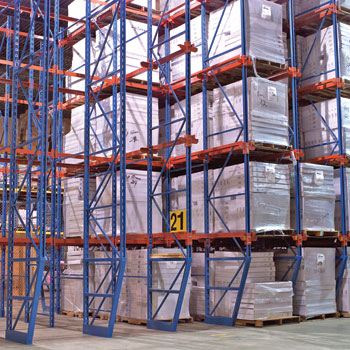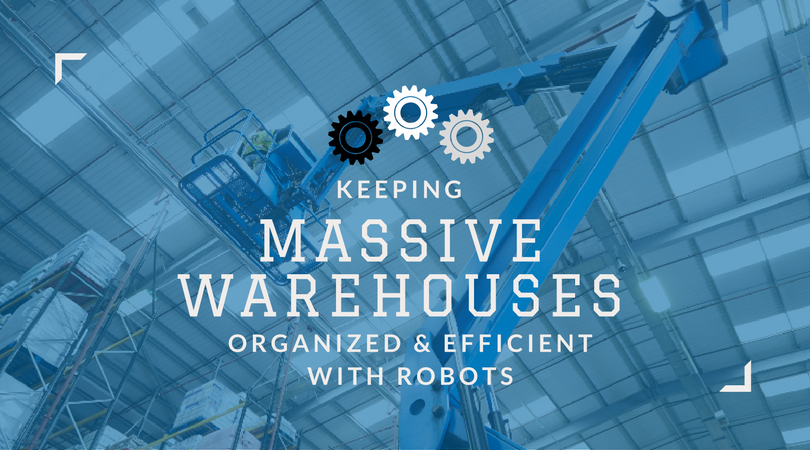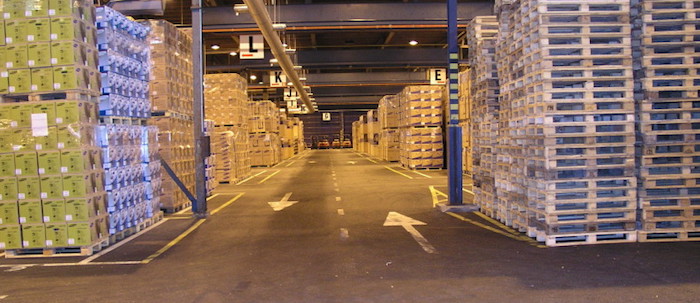The Comprehensive Guide to Pallet Racking and Warehouse Shelving
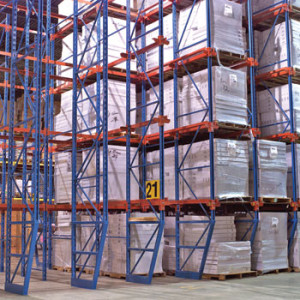 What is a Pallet Racking System?
What is a Pallet Racking System?
A pallet racking system is a material handling storage aid designed to store materials on pallets for optimum organization. There are many different types of pallet racking systems, but all types allow for the storage of palletized materials in horizontal rows with multiple levels. Forklift trucks are needed for transport. All types increase storage density of stored goods in the most organized way possible. Since WWII, pallet racks have become an essential element of most modern warehouses, manufacturing facilities, retail centers, and other storage distribution facilities.
Types of Pallet Racking Systems
Selective Pallet Racking: This is the most common type of pallet racking system currently used that provides easy accessibility to all products. Selective pallet racking systems typically come in one of two configurations:
Roll Formed: Pallets rest on horizontal load beams that are held in place by mounting clips. The clips have a teardrop shape and can be quickly moved so the shelves can be adjusted to different heights.
- Benefits:
- Accommodates various load sizes
- Convenient for warehouses that store a wide variety of products
- Low investment compared to others
Structural: This system is similar to roll formed except the horizontal load beams are attached to the uprights with bolts and have much greater weight-bearing capacity. This type of shelving is also adjustable.
- Benefits:
- Can be designed into the structure of the actual building
Drive-in and Drive-through: These types of pallet racking systems have a storage rack that allows a forklift to drive right into the stacked rows. Since these system only have entrance at one end, there must be a FIFO (first in, first out) storage system.
- Benefits:
- Good for businesses that use material with an expiration date
Push-back Pallet Racking: This system is designed around the idea of organizing space by depth rather than width. This type of system reduces aisle space and increases storage density. Each pallet row is about six pallets deep and they are on wheeled carts that fit on rails. A LIFO (last in, first out) storage system must be used.
- Benefits:
- Saves a huge amount of energy moving heavy pallets
Pallet Flow: This is also a high density system that utilizes depth to increase storage capacity. The pallet flow system uses a slightly inclined rail with wheels that allow pallets to move easily. A FIFO or LIFO system can be used.
- Benefits:
- Saves a huge amount of energy moving pallets
- Has breaking and motion systems that control the speed of the moving pallet
- Can be stored over 20 pallets deep
Compact Mobilized Pallet Racking: This is a system that uses motorized mobile pallet racks and maximizes the use of warehouse storage space. Compact mobilized pallet racking mounts rows of pallet racks onto heavy-duty rolling carriages and places them on the floor.
- Benefits:
- Can double the capacity of your pallet rack storage
- Can reduce the amount of pallet rack aisles in your warehouse
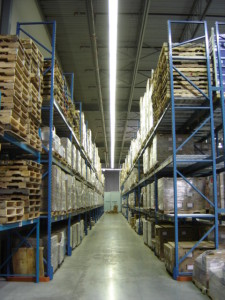 How to Decide which Pallet Racking System is Right for your Warehouse
How to Decide which Pallet Racking System is Right for your Warehouse
Having the right pallet racking system can create many advantages to your warehouse, especially in the organization area. But to choose the right system, several aspects need to be considered:
- Your desired amount of storage density
- How much floor space and building height is available
- Inventory accessibility
- Placement of doors and columns in your building
- Inventory rotation
- Load sizes and weights
- What type of pallets you use and what sizes
- Cost of installation and new equipment

